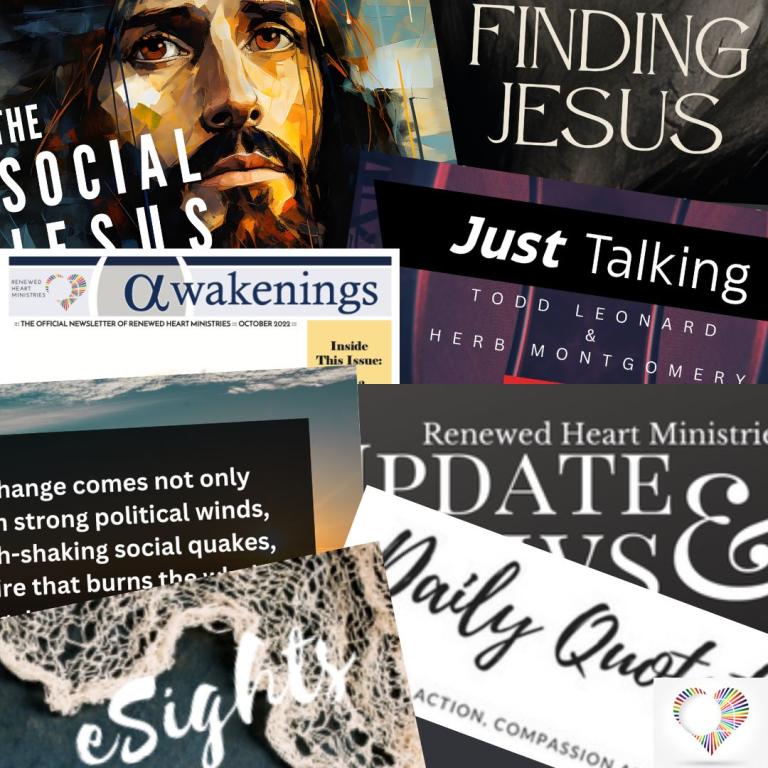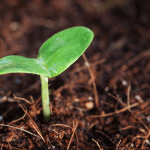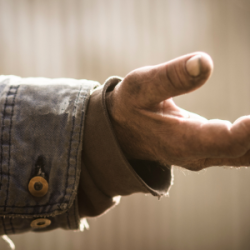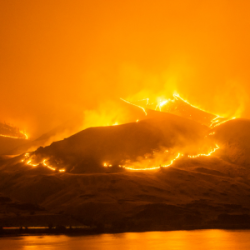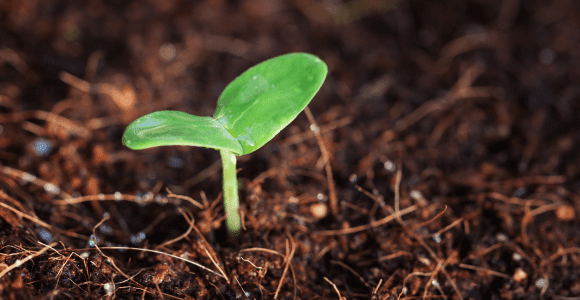
Our title this week is Hope Despite Appearances and our lectionary reading for this upcoming week is from the gospel of Mark:
He also said, “This is what the kingdom of God is like. A man scatters seed on the ground. Night and day, whether he sleeps or gets up, the seed sprouts and grows, though he does not know how. All by itself the soil produces grain—first the stalk, then the head, then the full kernel in the head. As soon as the grain is ripe, he puts the sickle to it, because the harvest has come.”
Welcome Readers! Please subscribe to Social Jesus Here.
Again he said, “What shall we say the kingdom of God is like, or what parable shall we use to describe it? It is like a mustard seed, which is the smallest of all seeds on earth. Yet when planted, it grows and becomes the largest of all garden plants, with such big branches that the birds can perch in its shade.”
With many similar parables Jesus spoke the word to them, as much as they could understand. He did not say anything to them without using a parable. But when he was alone with his own disciples, he explained everything. (Mark 4:26-34)
One of the only things scholars agree on about the historical Jesus is that he taught in parables. This version of this parable is only in Mark and is believed to be the earliest version. (Matthew adds the element of the enemy who sows the tares; see Matthew 13:24-30.)
The parable borrows from imagery in the Hebrew prophetic justice tradition and puts a positive spin on it. In Joel, the imagery is used to explain how wickedness or injustice in our world grows:
“Swing the sickle,
for the harvest is ripe.
Come, trample the grapes,
for the winepress is full
and the vats overflow—
so great is their wickedness!” (Joel 3:13)
In the gospels, Jesus repeatedly uses this same imagery, and to illustrate how justice can grow as well. He also borrows other imagery from the Hebrew prophets. Consider this verse used to describe Egypt:
“The waters nourished it,
deep springs made it grow tall;
their streams flowed
all around its base
and sent their channels
to all the trees of the field.
So it towered higher
than all the trees of the field;
its boughs increased
and its branches grew long,
spreading because of abundant waters.
All the birds of the sky
nested in its boughs,
all the animals of the wild
gave birth under its branches;
all the great nations
lived in its shade. (Ezekiel 31:4-6, emphasis added)
The prophets use this same imagery of Babylon too:
“Its leaves were beautiful, its fruit abundant, and on it was food for all. Under it the wild animals found shelter, and the birds lived in its branches; from it every creature was fed . . . The tree you saw, which grew large and strong, with its top touching the sky, visible to the whole earth, with beautiful leaves and abundant fruit, providing food for all, giving shelter to the wild animals, and having nesting places in its branches for the birds—Your Majesty, you are that tree! You have become great and strong; your greatness has grown until it reaches the sky, and your dominion extends to distant parts of the earth.” (Daniel 4:12, 20-22)
This imagery describes a world where everyone has enough to thrive and feels safe. But there are more layers here than this. We’ll peel back another layer, next.
(Read Part 2)
Are you receiving all of RHM’s free resources each week?
Begin each day being inspired toward love, compassion, justice and action. Free.
Sign up at:
https://renewedheartministries.com/Contact-forms/?form=EmailSignUp
